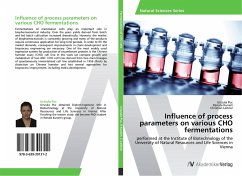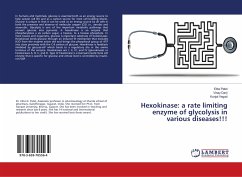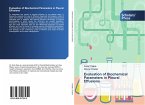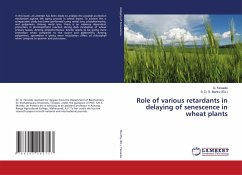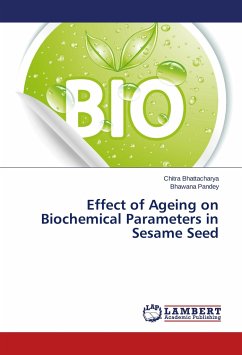Fermentations of mammalian cells play an important role in biopharmaceutical industry. Over the years yields derived from batch and fed batch cultivation increased dramatically. However, the market of biopharmaceuticals is constantly growing and many of the products require continuous application for long time periods. In order to fill the market demands, consequent improvements in clone development and bioprocess engineering are necessary. One of the most widely used expression system for production of recombinant proteins is the Chinese hamster ovary (CHO) cell line. In this work we compare growth and metabolism of two dhfr- CHO cell lines derived from two main lineages of spontaneously immortalized cell line established in 1956 (Puck) by dissection on Chinese hamster and test several approaches for bioprocess improvement, including media development.

